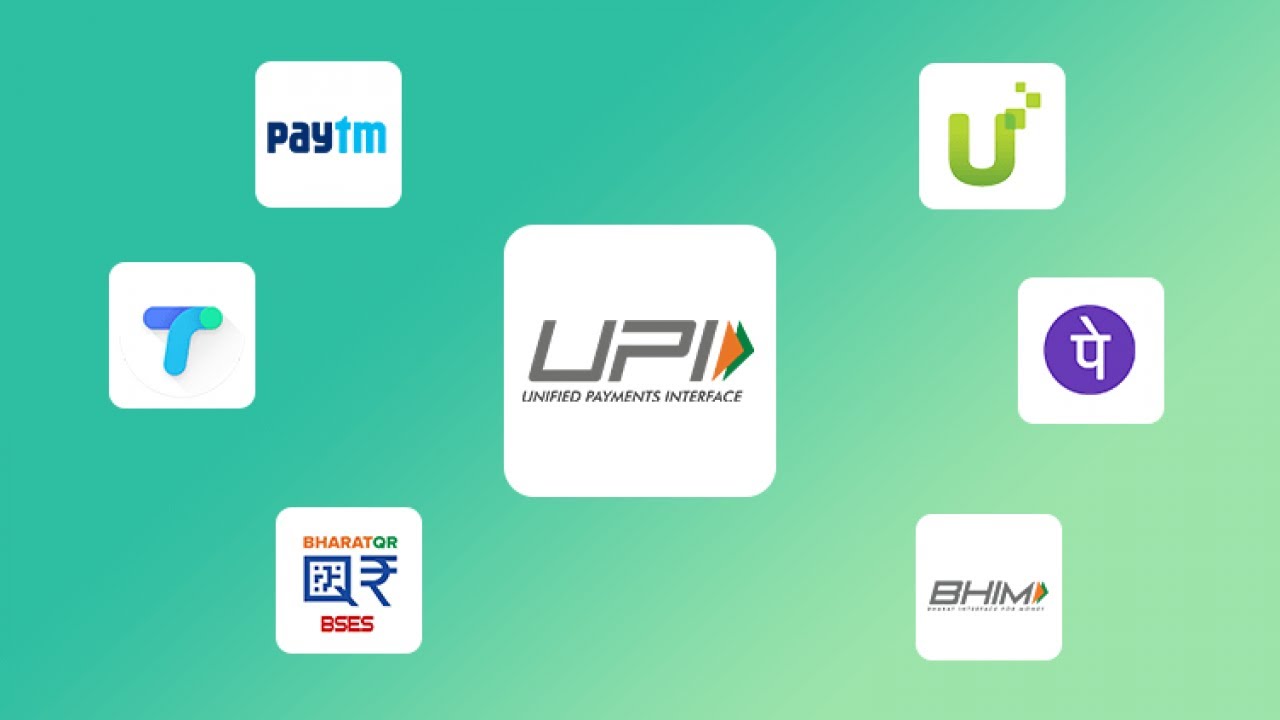In a concerning trend for millions of digital payment users in India, the Unified Payments Interface (UPI) experienced a significant outage for the third time in just one week. The National Payments Corporation of India (NPCI), which oversees UPI, has flagged the issue, citing latency as the primary cause. As UPI has become one of the most preferred modes of digital transactions in India, these outages are raising alarms among users, businesses, and stakeholders.
The Impact of UPI Outages on Users
The UPI outages have disrupted a wide range of transactions, from personal payments to business-related transfers. UPI is deeply embedded in India’s digital economy, with millions relying on it for daily payments, bill settlements, shopping, and even government services. The repeated disruptions have caused frustration for users who find themselves unable to complete simple transactions when needed the most.
For small businesses, in particular, these outages create a significant inconvenience. As UPI payments constitute a large portion of the cashless transactions in India, delays or failures in the system can lead to lost sales, impacting cash flows and customer trust.
What is Latency and Why Does It Matter?
Latency refers to the time delay between initiating a transaction and its successful completion. In the case of UPI, latency issues arise when the system experiences delays in processing payments due to high volumes of transactions or technical glitches within the infrastructure. While some level of latency is unavoidable in digital payment systems, prolonged or frequent delays can cause transactions to fail or cause significant inconvenience to users.
NPCI has acknowledged that latency issues are contributing to the outages, but the exact cause behind the repeated disruptions remains unclear. Given UPI’s popularity and the reliance on it for financial transactions, this issue must be addressed swiftly to ensure seamless operations and customer confidence.
The Role of NPCI in Ensuring Stability
The National Payments Corporation of India plays a critical role in maintaining the infrastructure behind UPI. As the system’s regulator and operator, NPCI must ensure that the technology infrastructure is robust enough to handle millions of transactions every day without disruption. The recent outages have raised concerns about the long-term reliability of the UPI system.
NPCI has assured users that it is working on resolving the latency issues and has pledged to enhance the platform’s capacity to handle high traffic, especially during peak transaction hours. However, it will require significant investment in technology and infrastructure improvements to avoid further issues.
What Does This Mean for the Future of Digital Payments in India?
The recent outages highlight the growing pains of India’s digital payment ecosystem. While UPI has been a major success in driving financial inclusion and promoting cashless transactions, these disruptions serve as a reminder of the challenges that come with handling massive transaction volumes in real time.
To maintain user trust and continue the growth of digital payments, authorities need to prioritize investing in infrastructure, regular system audits, and fail-safe mechanisms to ensure stability. Additionally, better communication from NPCI and UPI service providers during such outages would help reassure users and businesses alike.
Conclusion
While UPI has revolutionized the way India makes payments, these recurring outages are a reminder of the vulnerability of digital systems, particularly when they operate at such a large scale. The National Payments Corporation of India must act quickly to address the latency issues and ensure that UPI continues to provide a smooth and reliable experience for users across the country. As the nation moves further into a cashless future, these technical hiccups must be resolved promptly to maintain the trust and adoption of digital payment systems.



k5oq02